Scalable Relational Experience (RX) Design
September 2022 7 min read
We're paying attention to User Experience (UX) and Customer Experience (CX), but we can do more and build constructive relationships with our users. Relational Experience (RX) helps to form loyal behavior and increase the user's role in the product. For example, make it possible for a user to spend more on the service or spend more time on the a website pages for a continuous period of time.
Below we'll be talking about:
- relational model,
- transactional relationships,
- relational position;
- individualization and more.
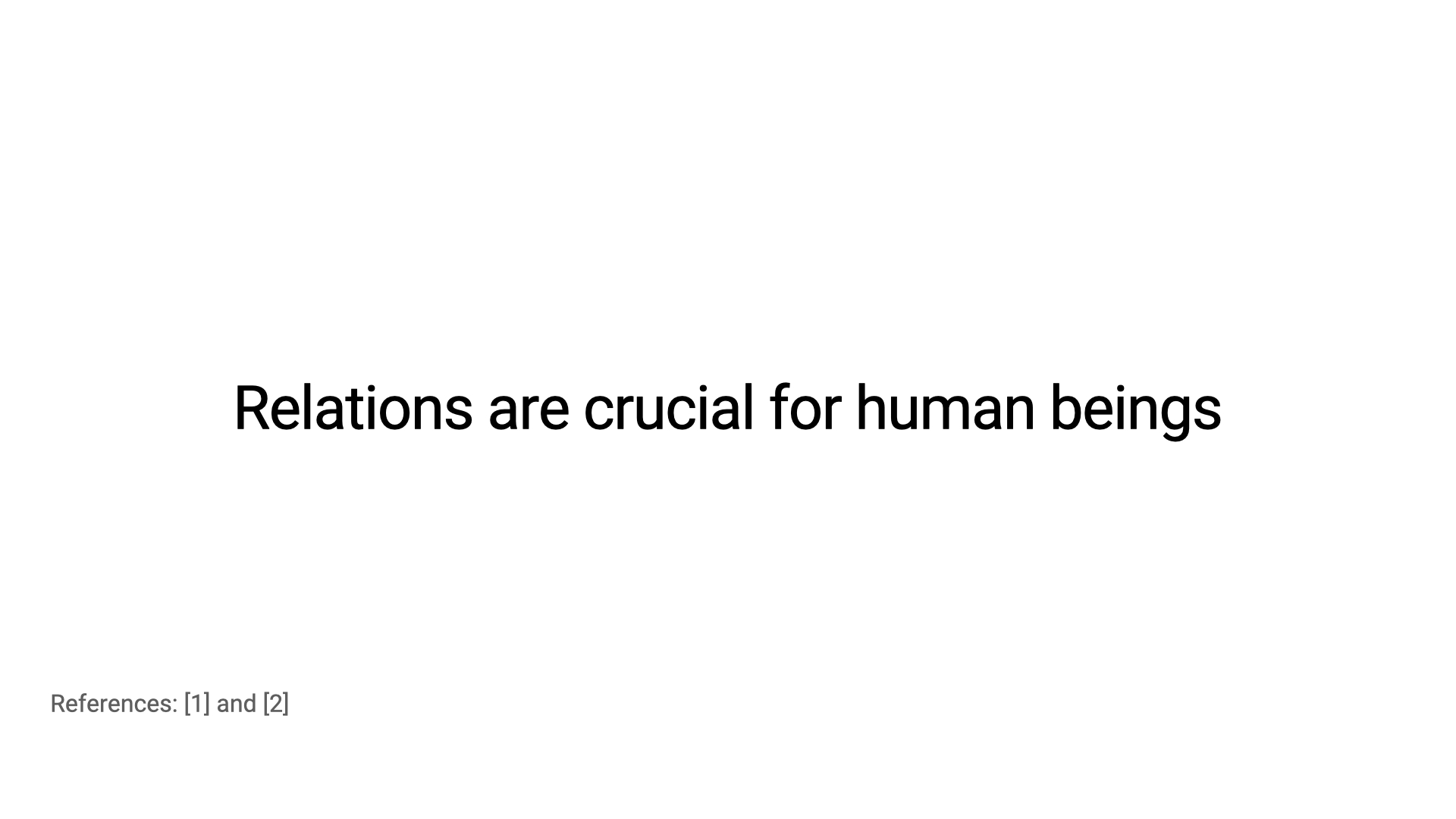
It's rather evident that relations are important for living a healthy life. A number of studies link sense of relatedness and belonging to the health, happiness and life expectancy, while loneliness for a long period of time, can be harmful, for our health and mental state.
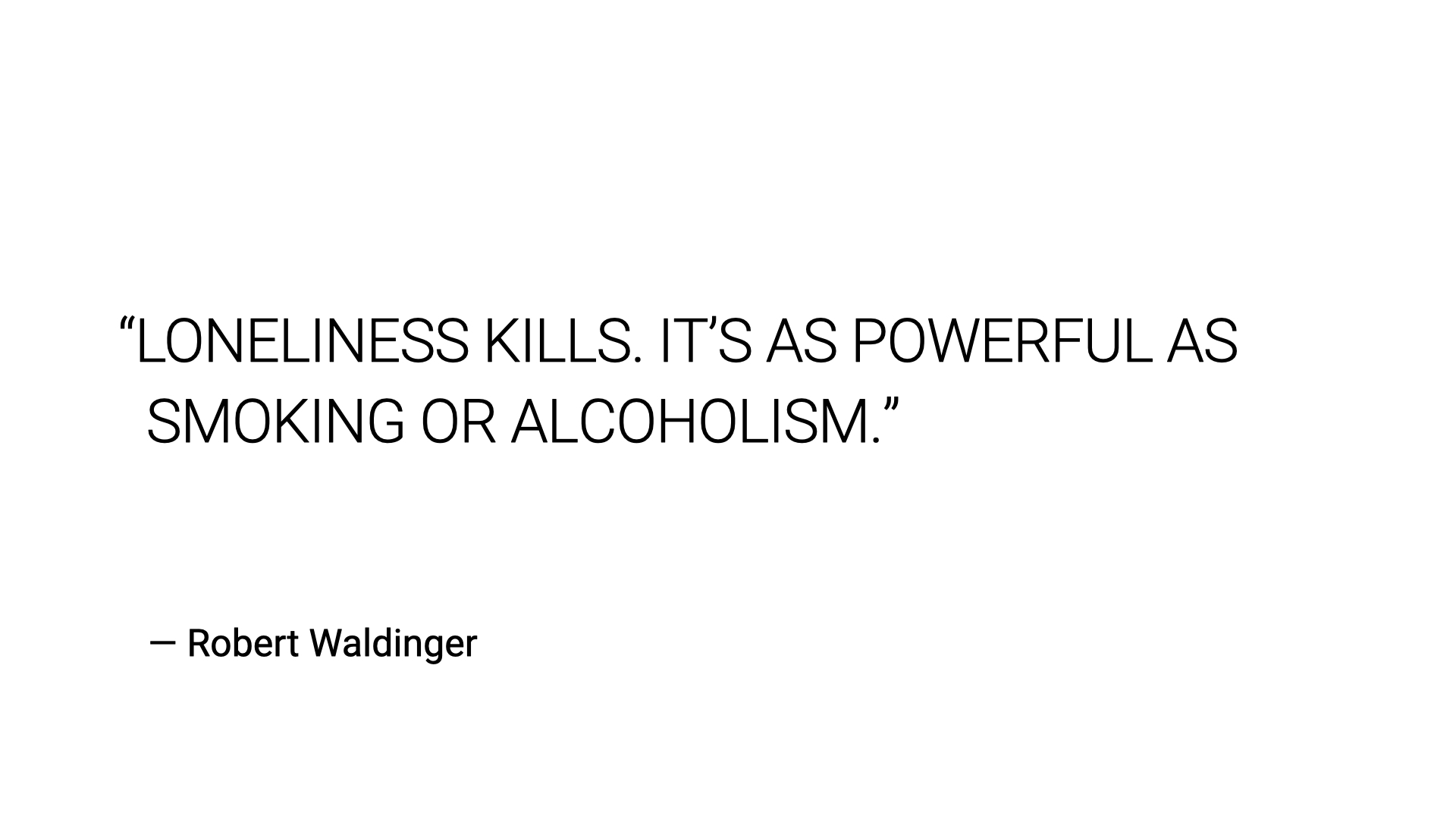
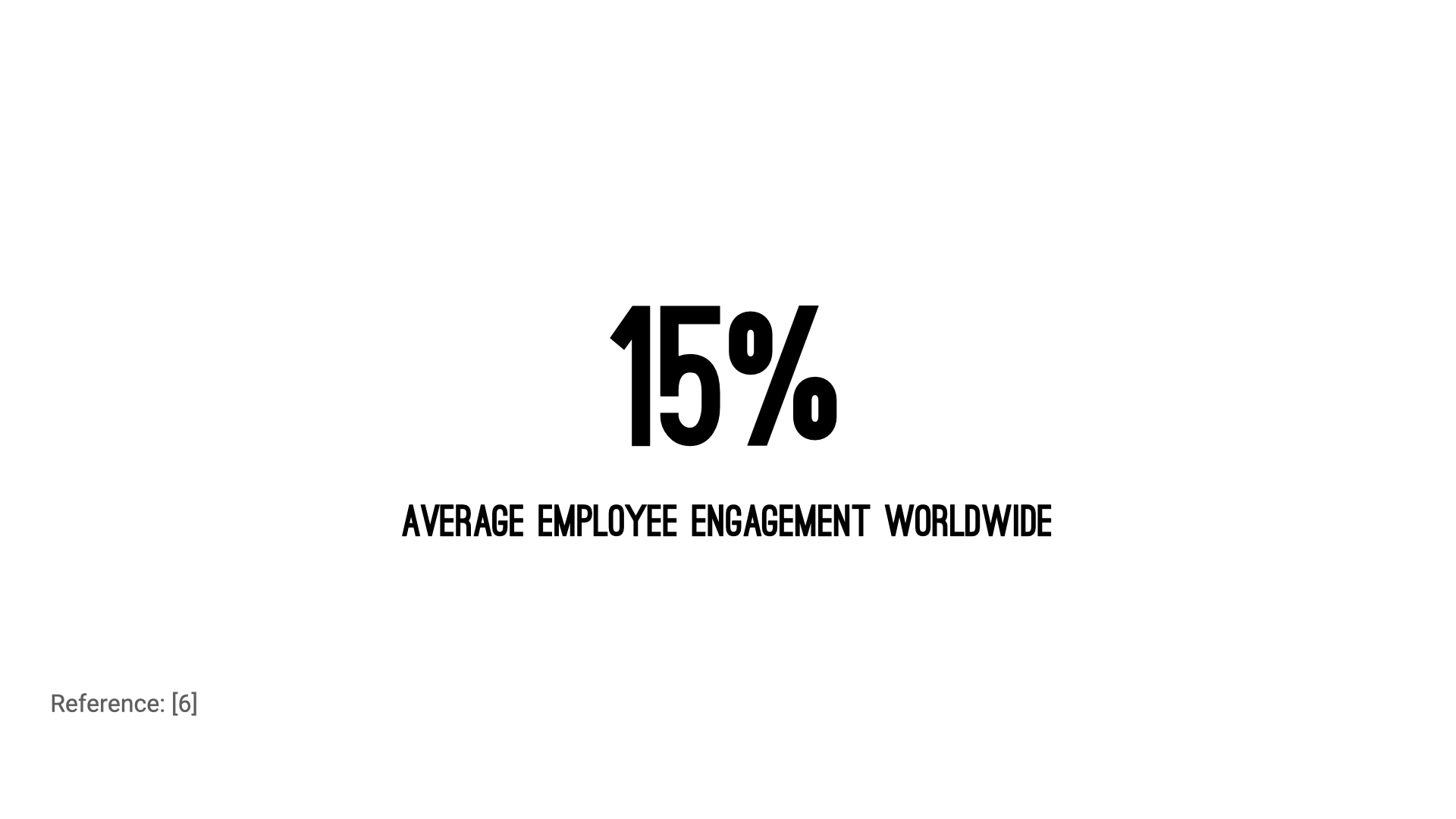
Yet we spend 8 or more hours each day, at work it's approximately half of our life (if we exclude sleep) according to Gallup research, only 15% of people at work are engaged. Think about it for a moment, something is completely wrong here and it's hurting us.
This is the problem to solve. Actually, one of problems, which RX (Relational Experience) Design can address.
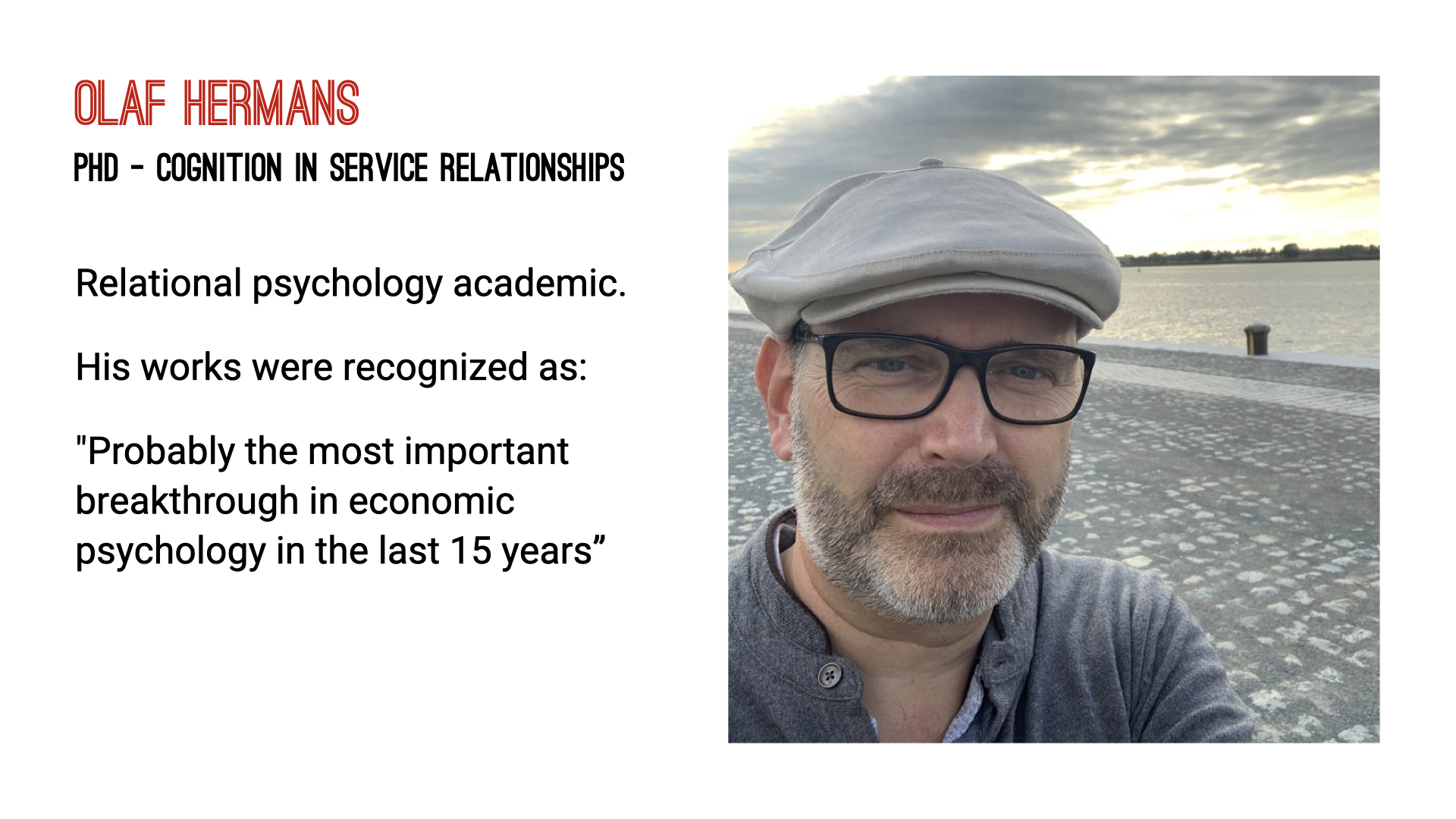
Let me introduce Olaf. Here's the person I draw the knowledge from. Olaf is an academic in the field of relational psychology. It's a narrow area with only a few active academics worldwide. His works are highly recognized and applied. The company Olaf is leading works with governments and governmental institutions like the National Bank of Belgium.
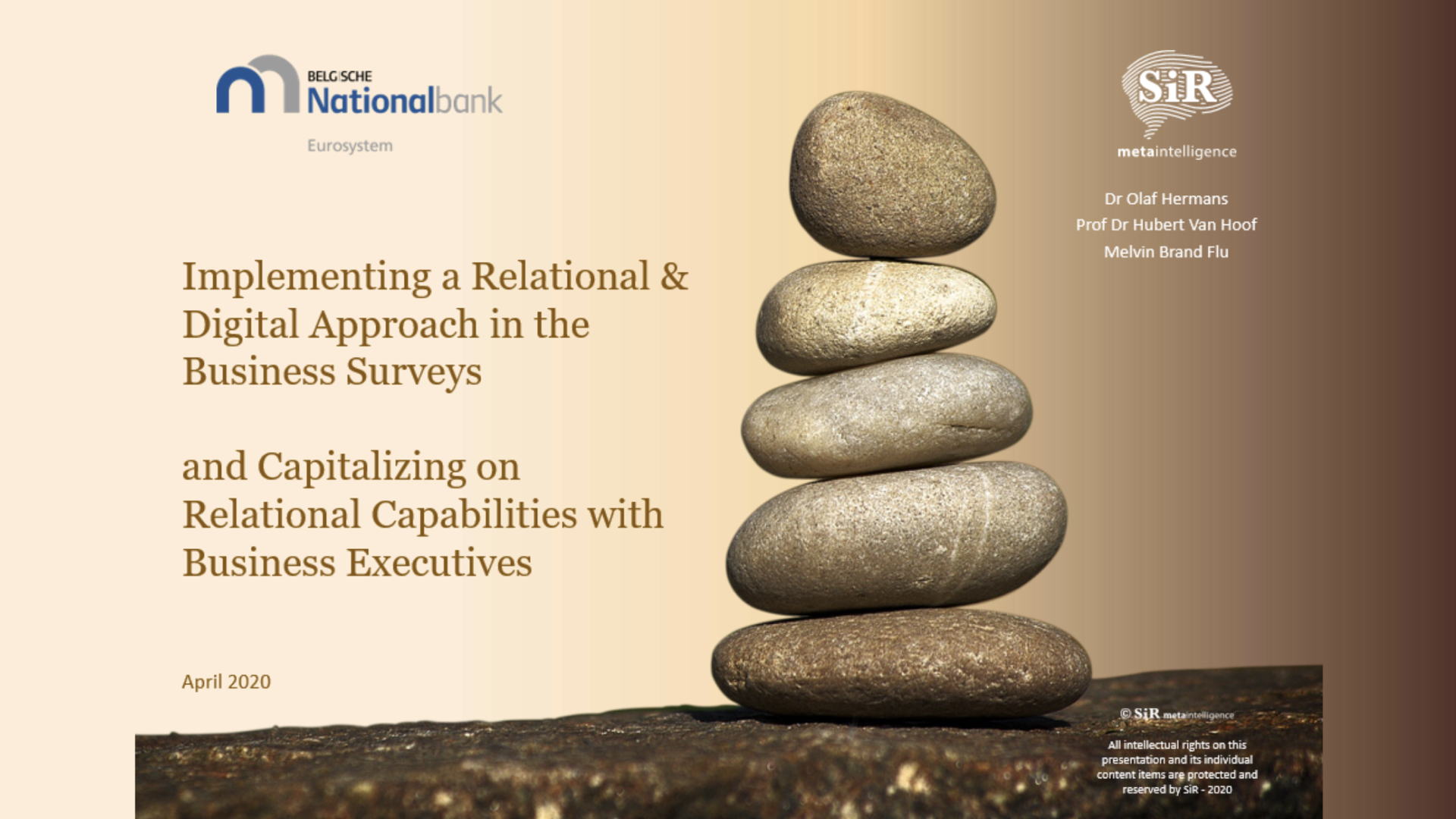
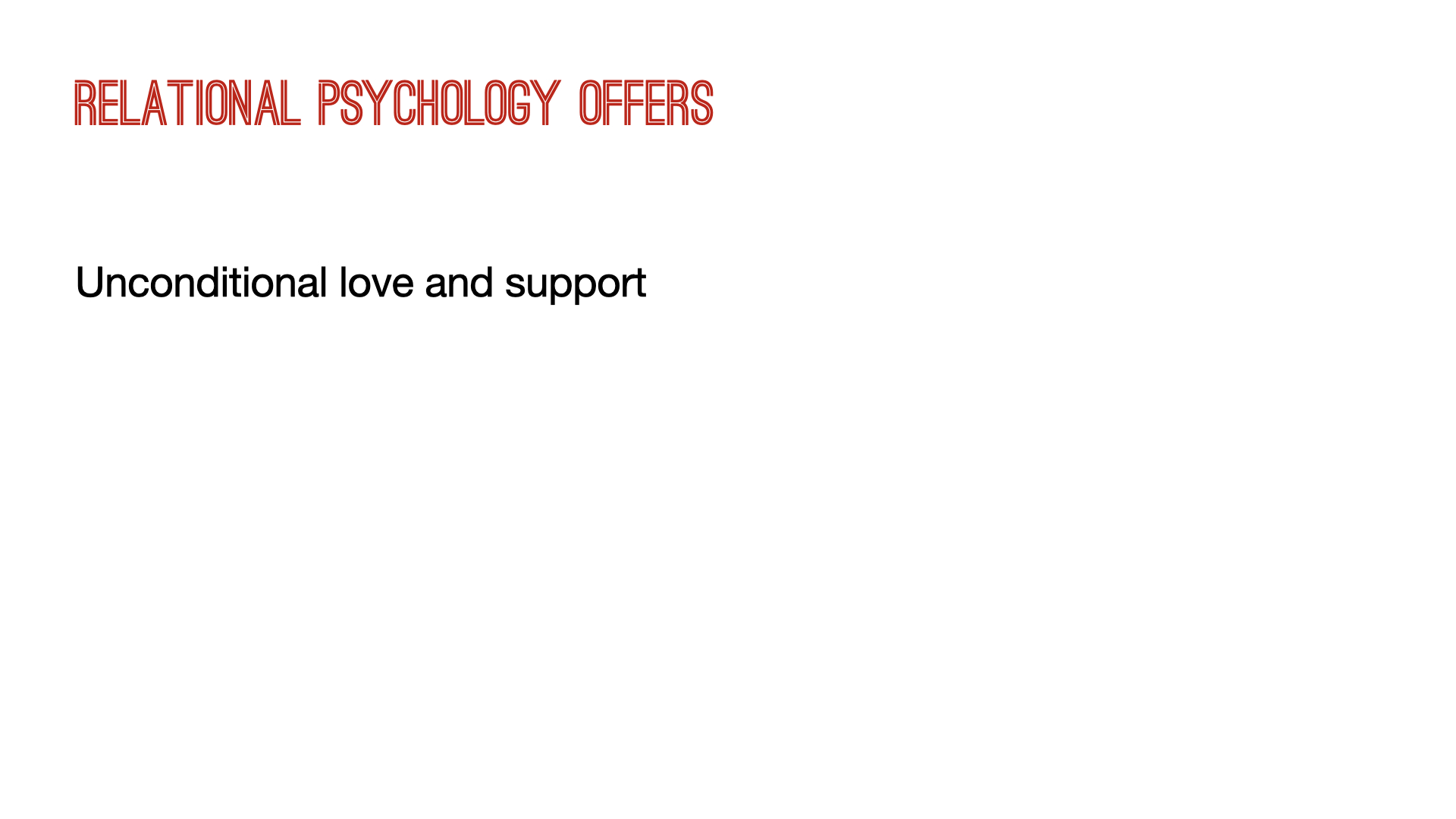
Relational psychology brings a simple idea: We're together with you as partners in this, no matter what will happen. I will still be on your side.
It's an unconditional love and support. This is what everyone wants to hear. But it's not what is told.
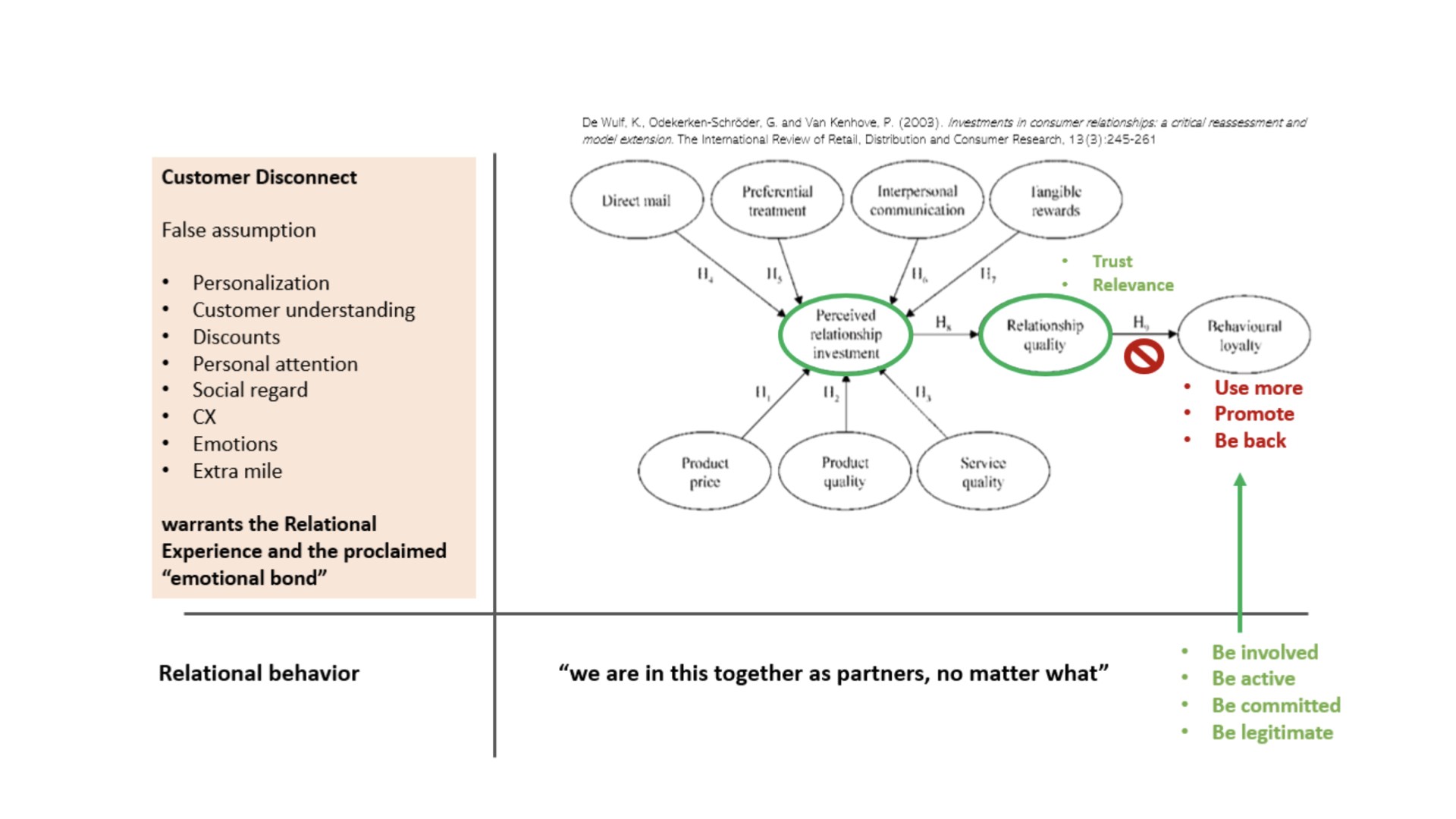
Again, why to invest in relationships for a business?
Here's a detailed, mind-blowing research where different marketing and customer related approaches were tested:
- good service
- preferential treatment
- referral bonuses, etc.
The results shown that - customer appreciates benefits. He/she feels positive, and satisfied. He/she reports good net promoter score.
BUT
The customer does not commit. Enthusiasm, real commitment and engagement doesn't come, as the company never tells - we're in this together, no matter what. It's the root-cause. If relationship ticks - people go back, buy more often, they feel better.
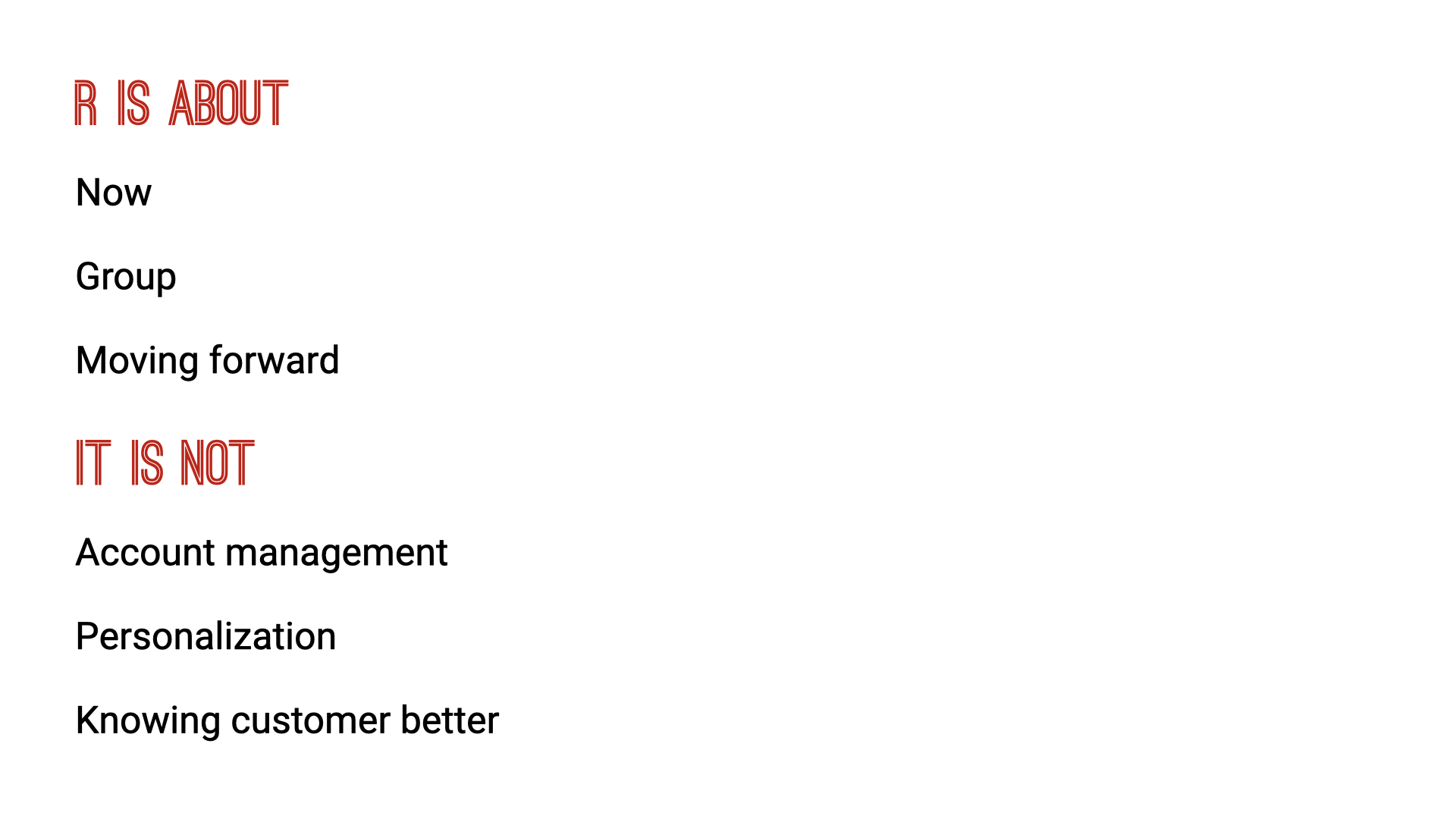
So it's a model been developed with a name of R. Here are key facts about this relational technology:
- It happens in the now
- It's about a group
- "There's a sense that we're moving forward"
R is not:
- CRM stuff
- Personalized communication
- Getting knowing a customer better and serving him better
Essentially, it's not about people it's about systems.
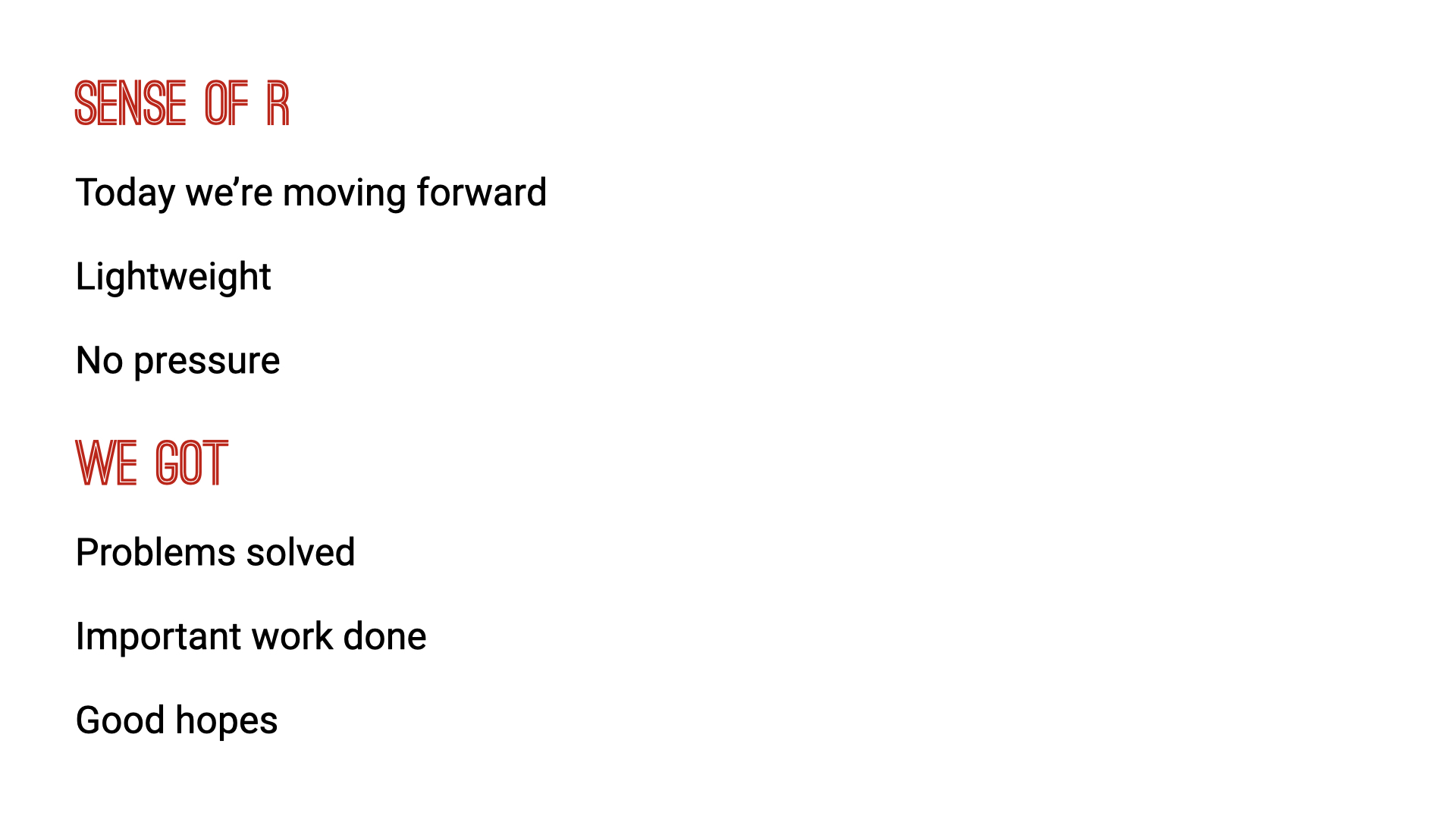
R is about designing for a sense of moving forward. No heaviness, it's light, agile, projects good hopes for the future. Collectiveness is also there.
We don't measure time, it's important! As the latest research shown that trust and relationship can be built in 30 seconds if you say right things to the right people at a right moment.
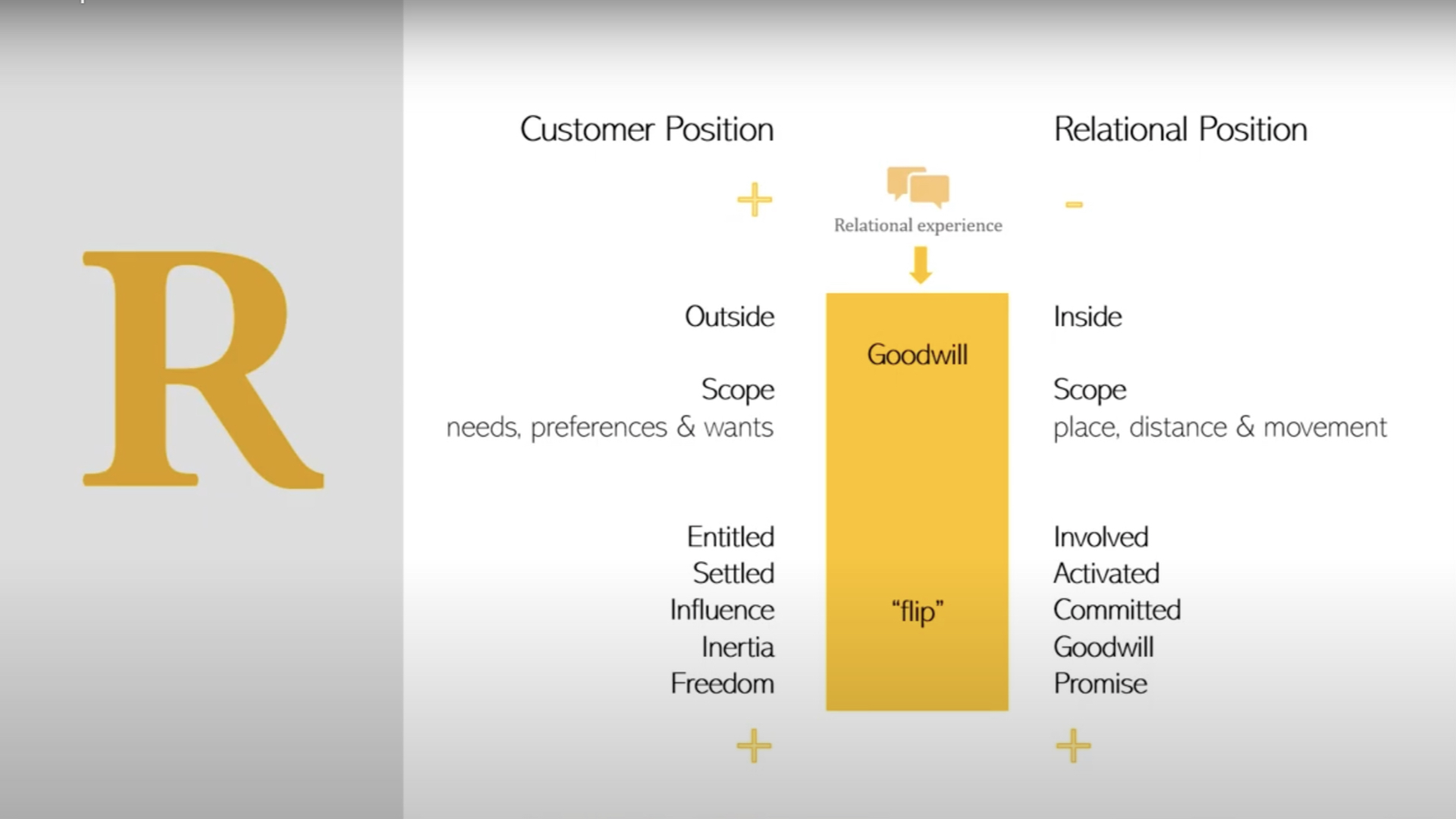
Left side it's the current position (Customer Position) and to the right it's a position where we want the customer to be. (+) means that all good (-) at the top right means that Relational Position requires many things from the start. It's a discomfort a customer has when we want to build relations with him/her e.g. "I don't want relations, i'd just use your stuff and that's it".
The job of R is to convert (+) (-) position to (+) (+) position. From only a customer to a customer + partner.
The flipping point is the Goodwill (at the middle). It's the key metric that's measured with R.
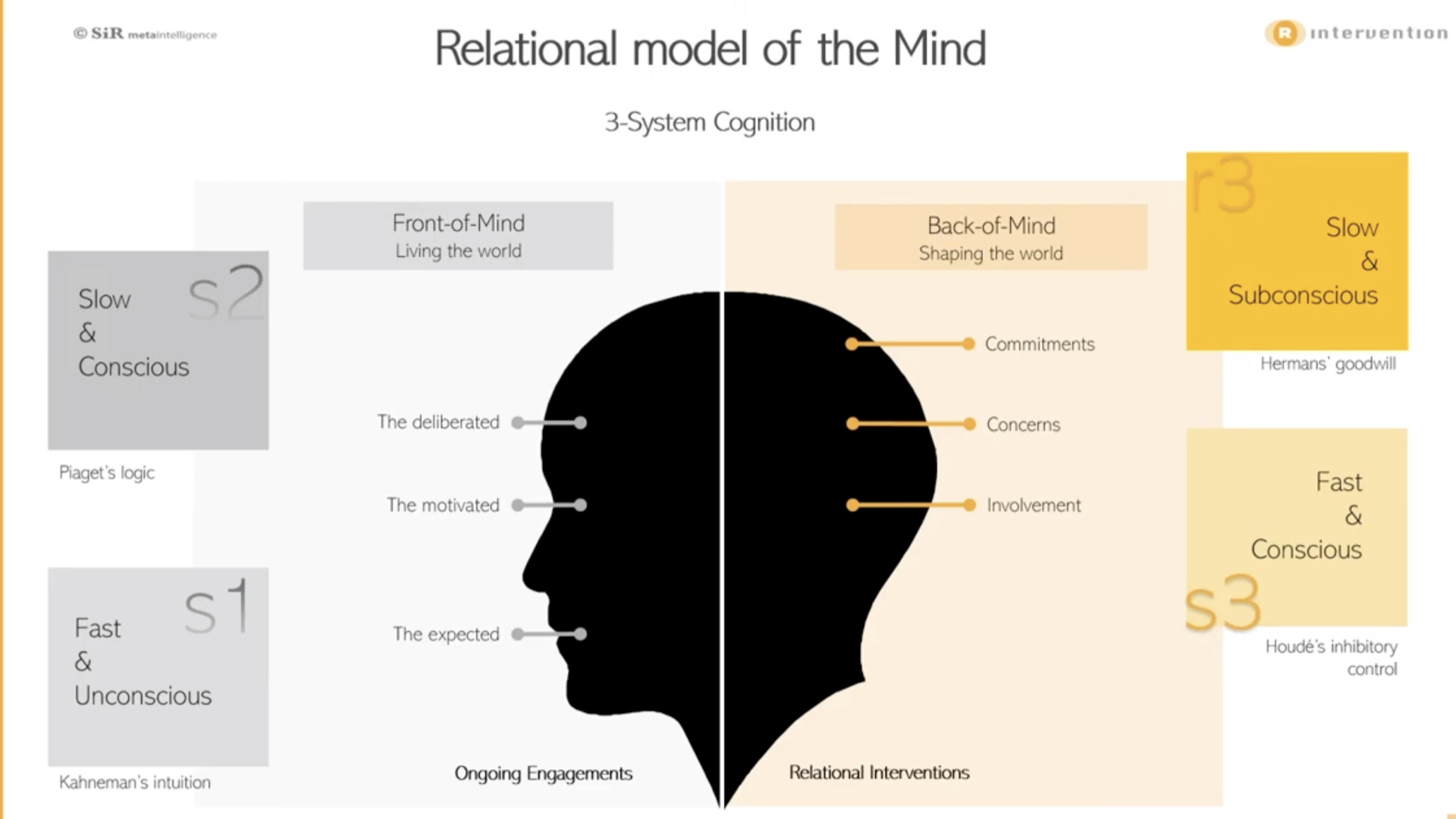
If you've read Kahneman's "Thinking Fast and Slow", you know what system 1 (s1) and system 2 (s2) means. If you don't, basically s1 is a fast way to process information based on what we know, existing models, norms ect. it's a fast intuitive thinking, it has logical flaws and it's effortless.
While system 2 is slow thinking, it's the time when we turn login on when we're thinking deliberately. It's a laborious process and it's a logical thinking.
Here we have an extended cognitive model. Thousands of hours of research work are behind this one slide (according to dr. Hermans), so it's a simple representation of a complex concept.
Logical side is at the left. New info makes us think deliberately by the left side (so in 10 mins it becomes hard to do). Back of mind - at the right side. It's strategic thinking. If I'd saying all this speaking, you might immediately think: "what I can do with this info", "how it'll change my commitments", "is Alex really here for me".
Front and back work at the same time. Front - "it makes sense", back - strategy. s1, s2, s3 are a control system, r3 is a goodwill. We want to achieve a positive intervention instead of "I don't care". This is what Olaf Hermans added to the model.
The idea here is that if we can design for suspicious brain, we can take the suspicion away
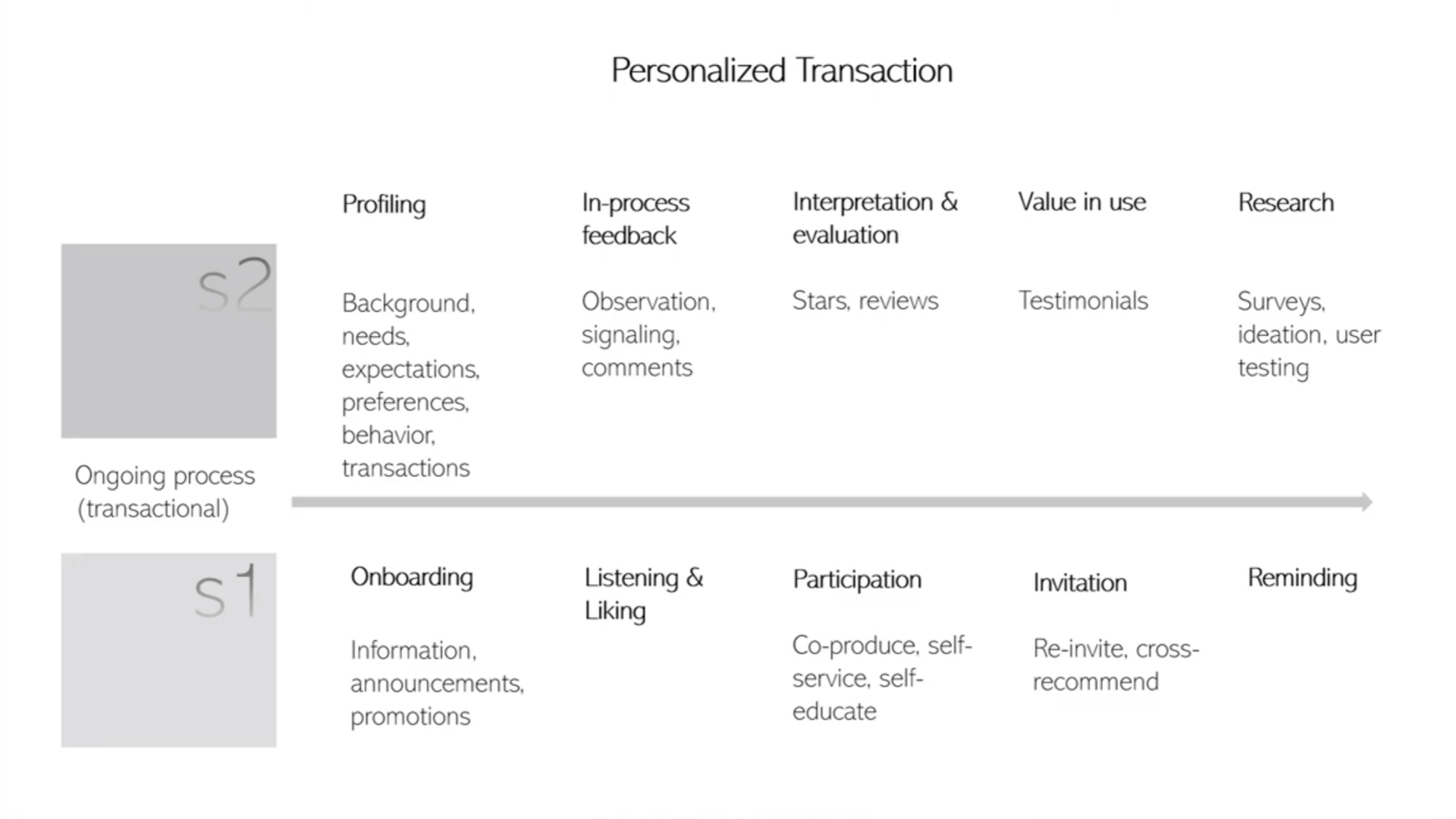
This is how we communicate with a customer along his journey. Some information he finds by himself, while some is communicated directly to him/her. Everything is gray, it means that the information appeals to the front of our mind - it induces logic. It's about intuitive mind - "what's the logical next thing to do". Gray is the ongoing processes. s1 is less conscious than s2, during the day. No orange on the chart, means that there are no relations included.
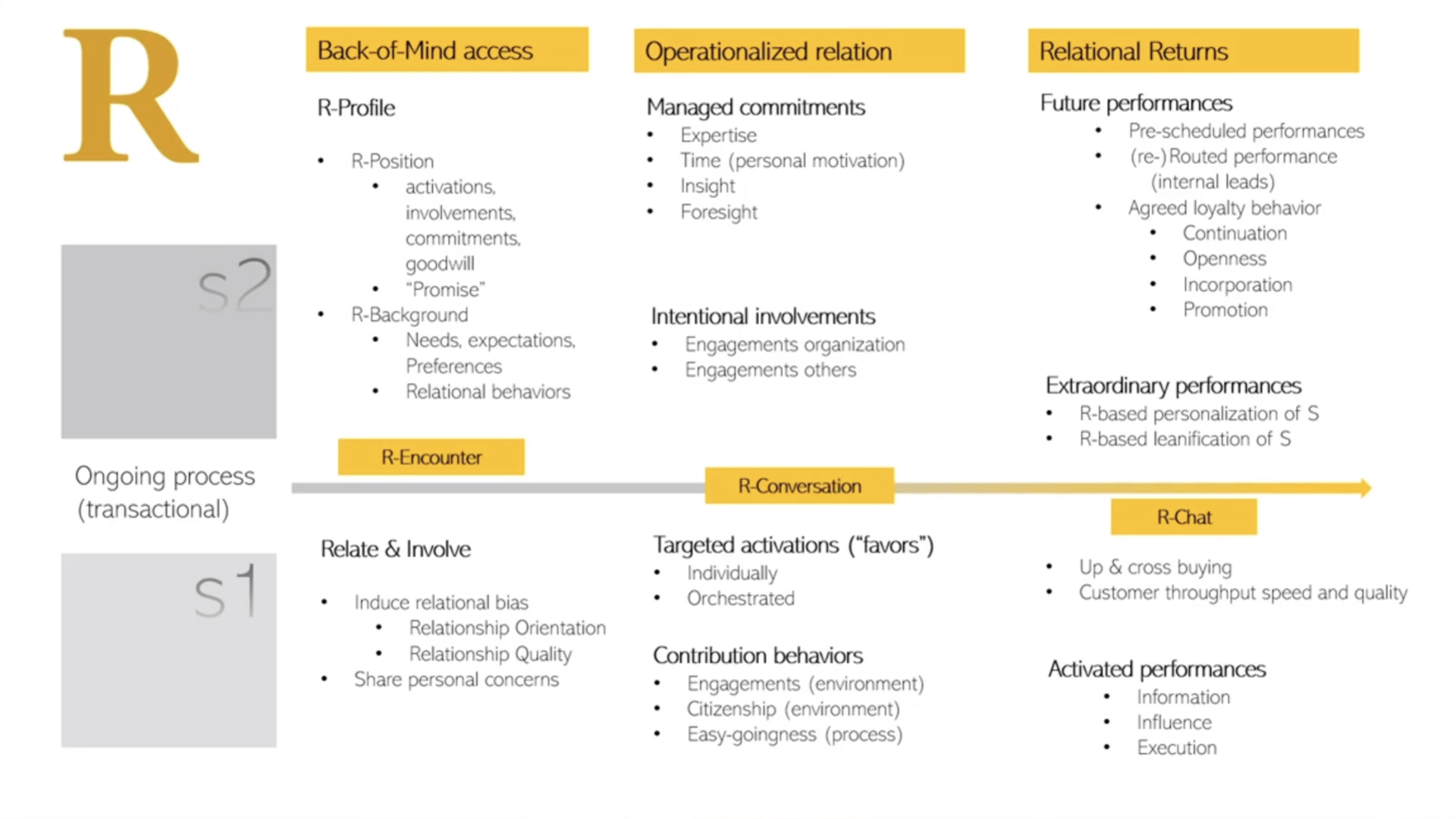
Now, we're blending yellow into gray. First goes - relate & involve. There we're inducing (stimulating) bias. It's first and important step.
Humanization means bias. Without bias world would be de-humanized.
People naturally relate, they'll will respond to R in a natural manner. We're starting with warming up (1st column), then we're moving into action (2nd column). Users participation will be more active if you feel that we're committed to him/her.
Please pay attention to the arrow at the center.
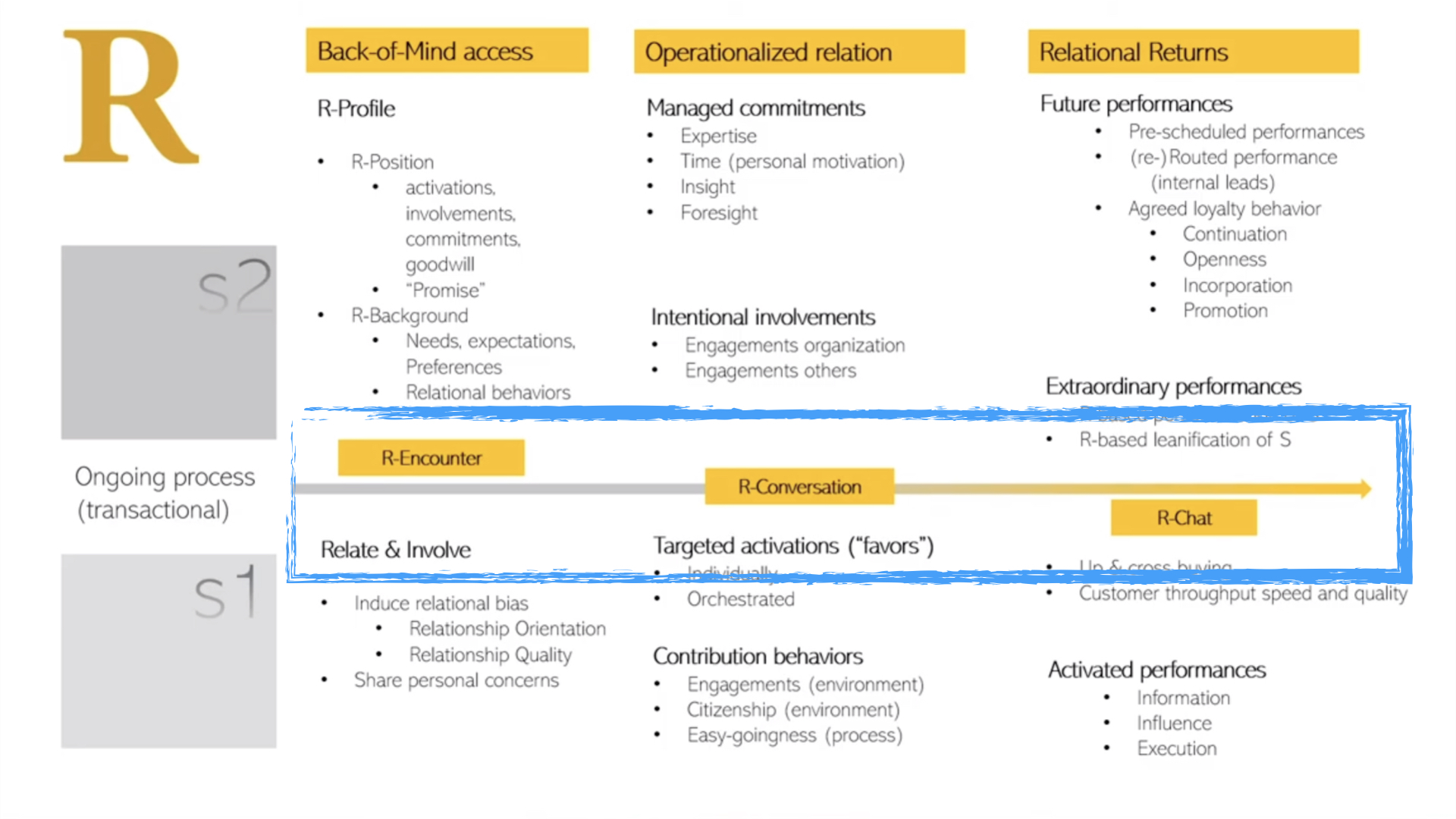
The line starts gray and ends yellow. As it starts with a transaction (logged in, account checked, etc.) but ends up in relations with an app (or a company). The only thing what user will recall afterwards is that a friend asked him/her for something. He/she would not recall how it started but it ended as a friendship.
User came in the customer position, to leave in the relational position.
It's not about giveaways (gifts, money) It's about a goodwill. If one pays a customer for something, one doesn't know how to relate.
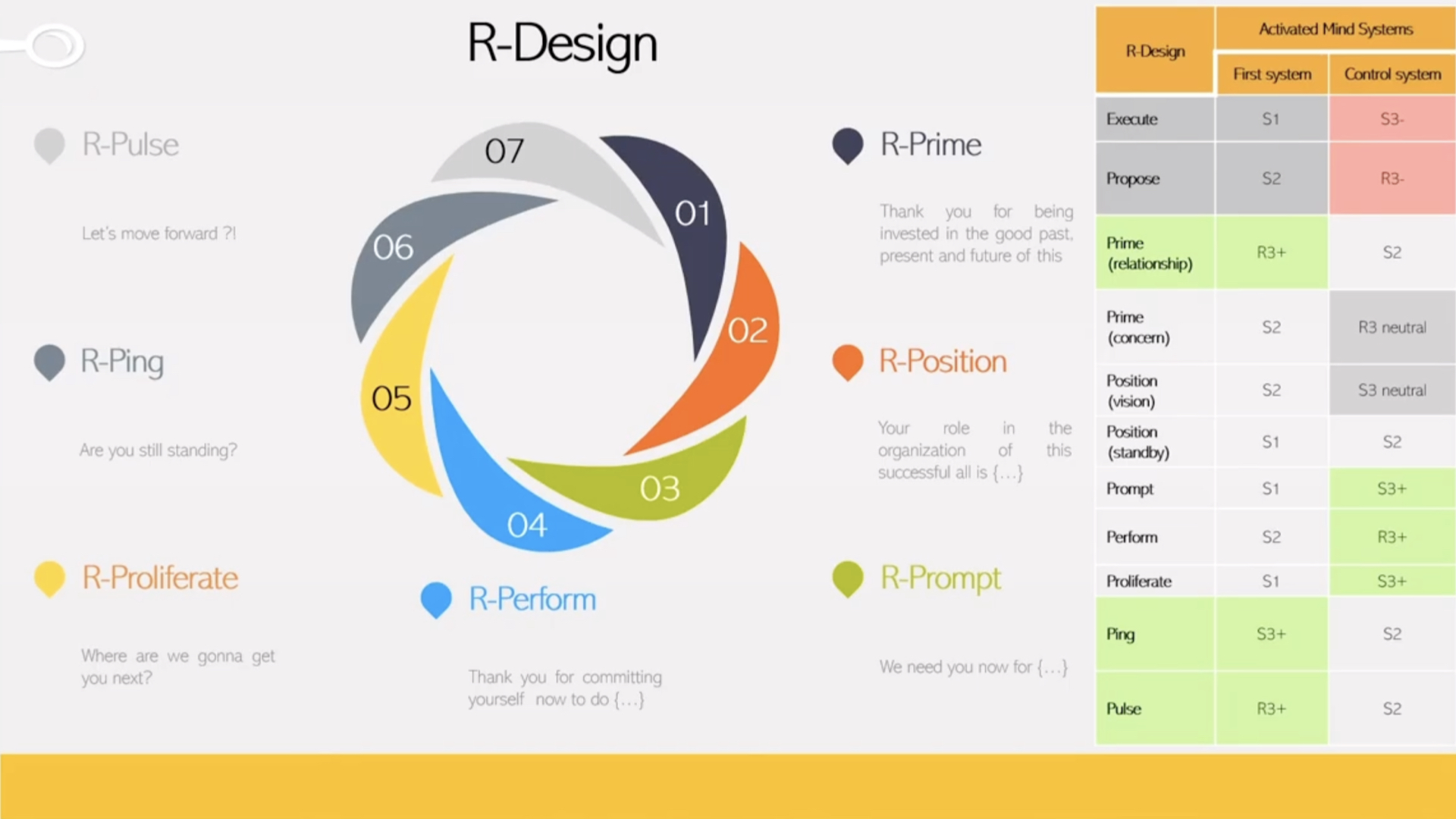
Here is the essence of the model, which consists of subsequent steps, that should be taken one after another
As we know already - time scale doesn't matter. The sequence and the algorithm matters.
As an example of communication: If a customer that enters a party, instead of saying: "welcome, this is what program looks like" and "would you mind filling out the evaluation form afterwards" we're trying to build relations, induce bias, create a mutual context.
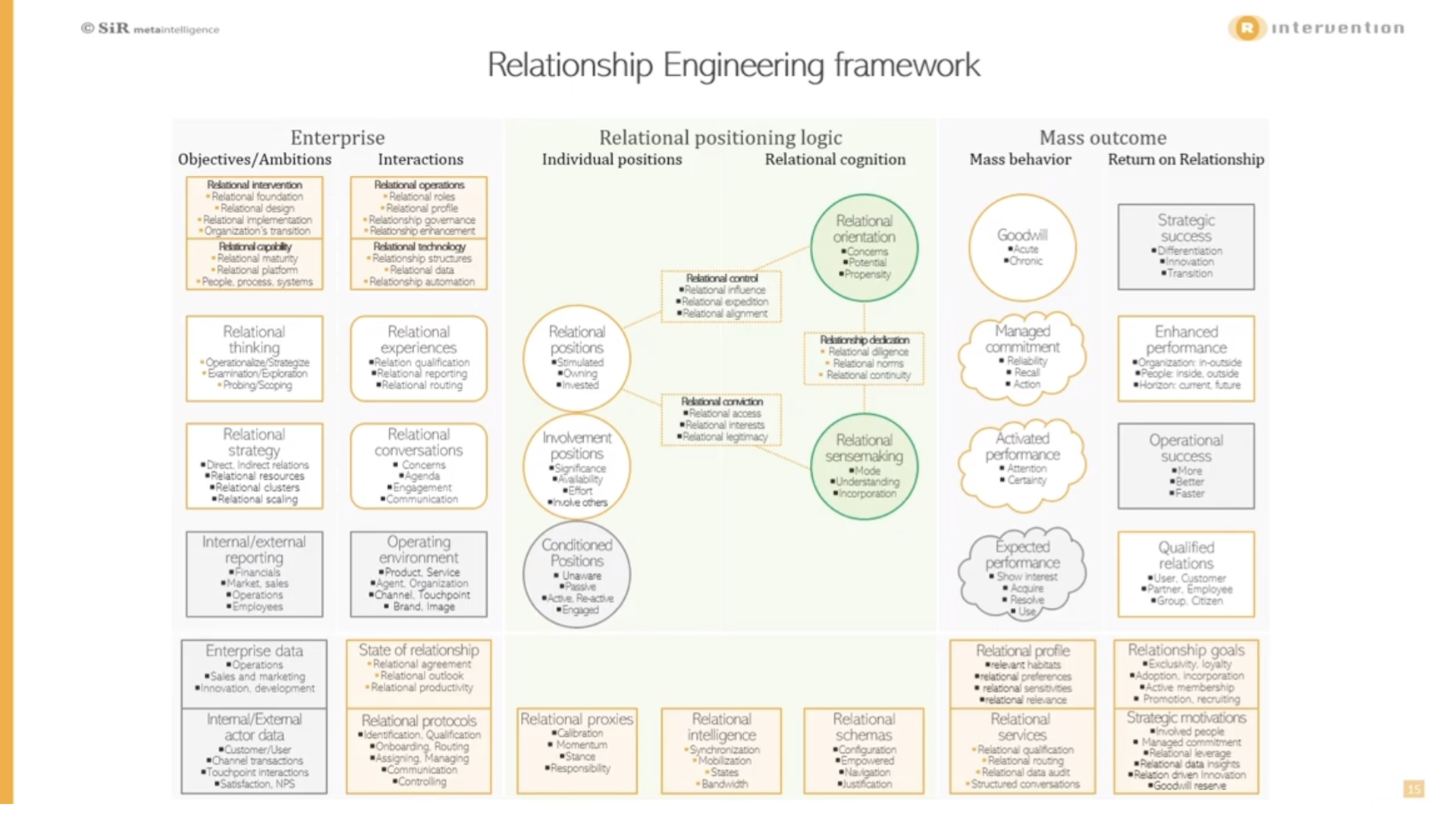
The actual implementation can be of a different level of complexity. Building blocks for each specific case can be drawn from this table. This encompasses a full model, disassembled.
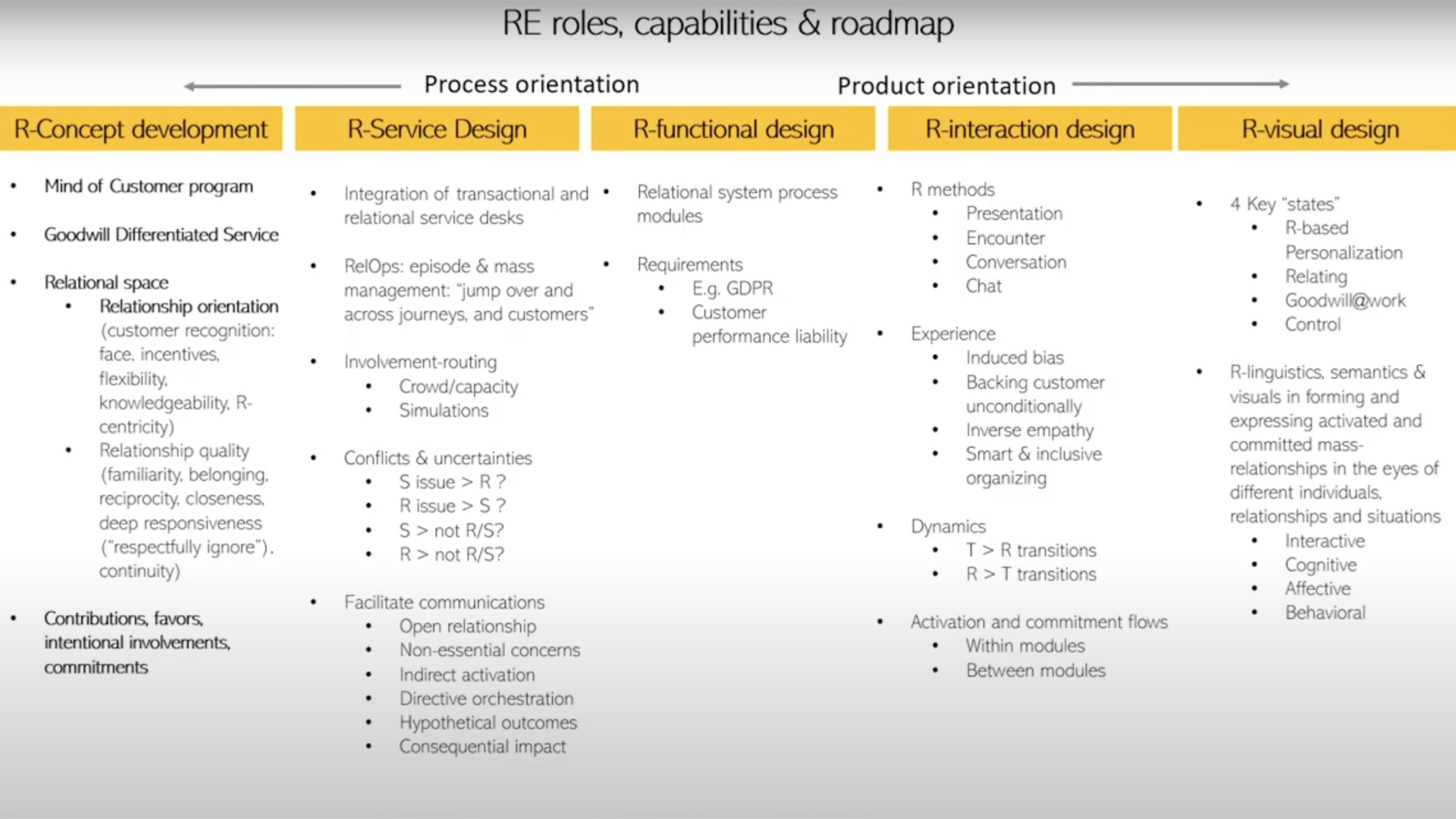
Also R is the umbrella term and can be applied throughout a spectrum of disciplines. You can take the above-mentioned principles and apply them to your area of responsibility.
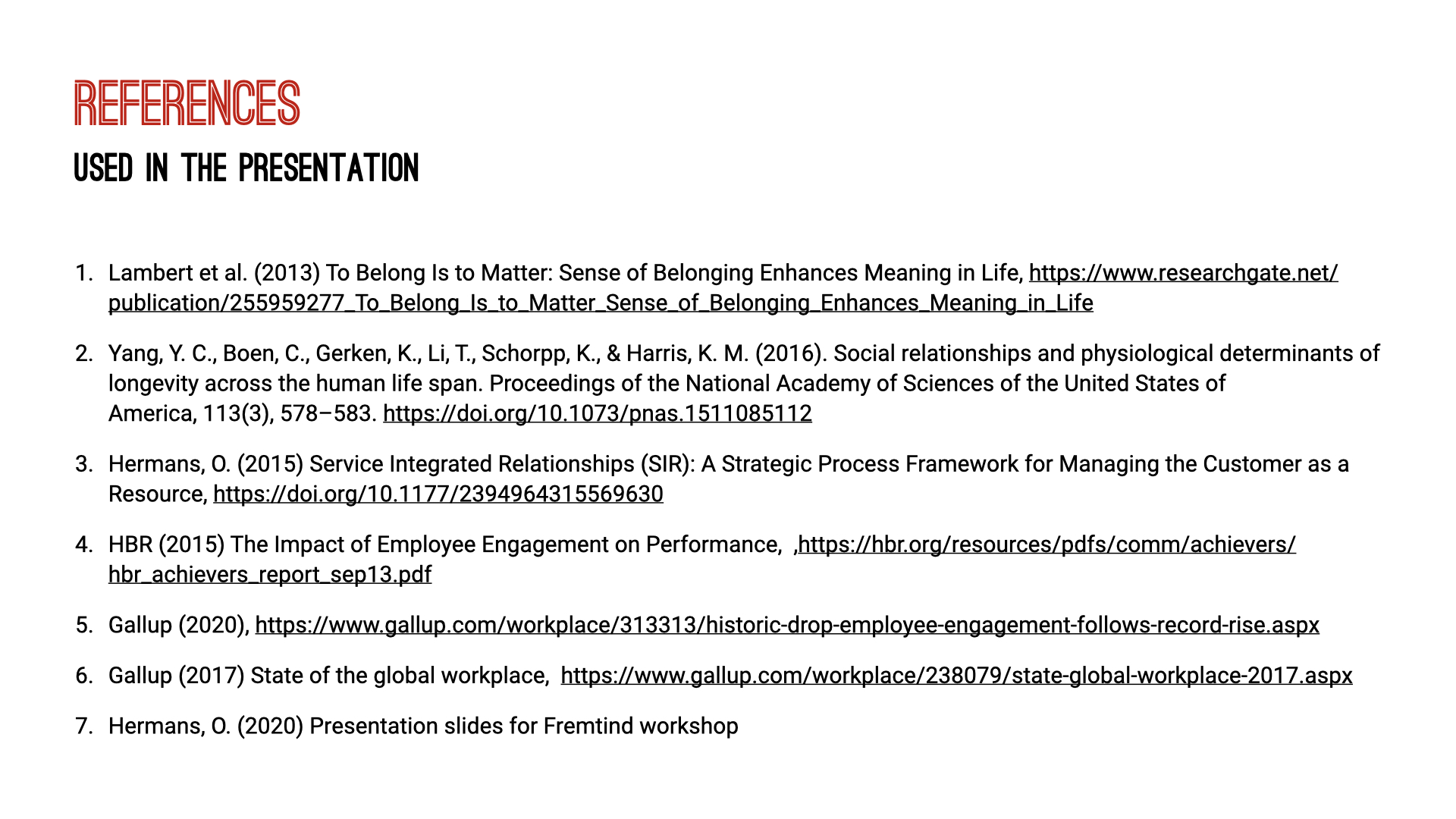
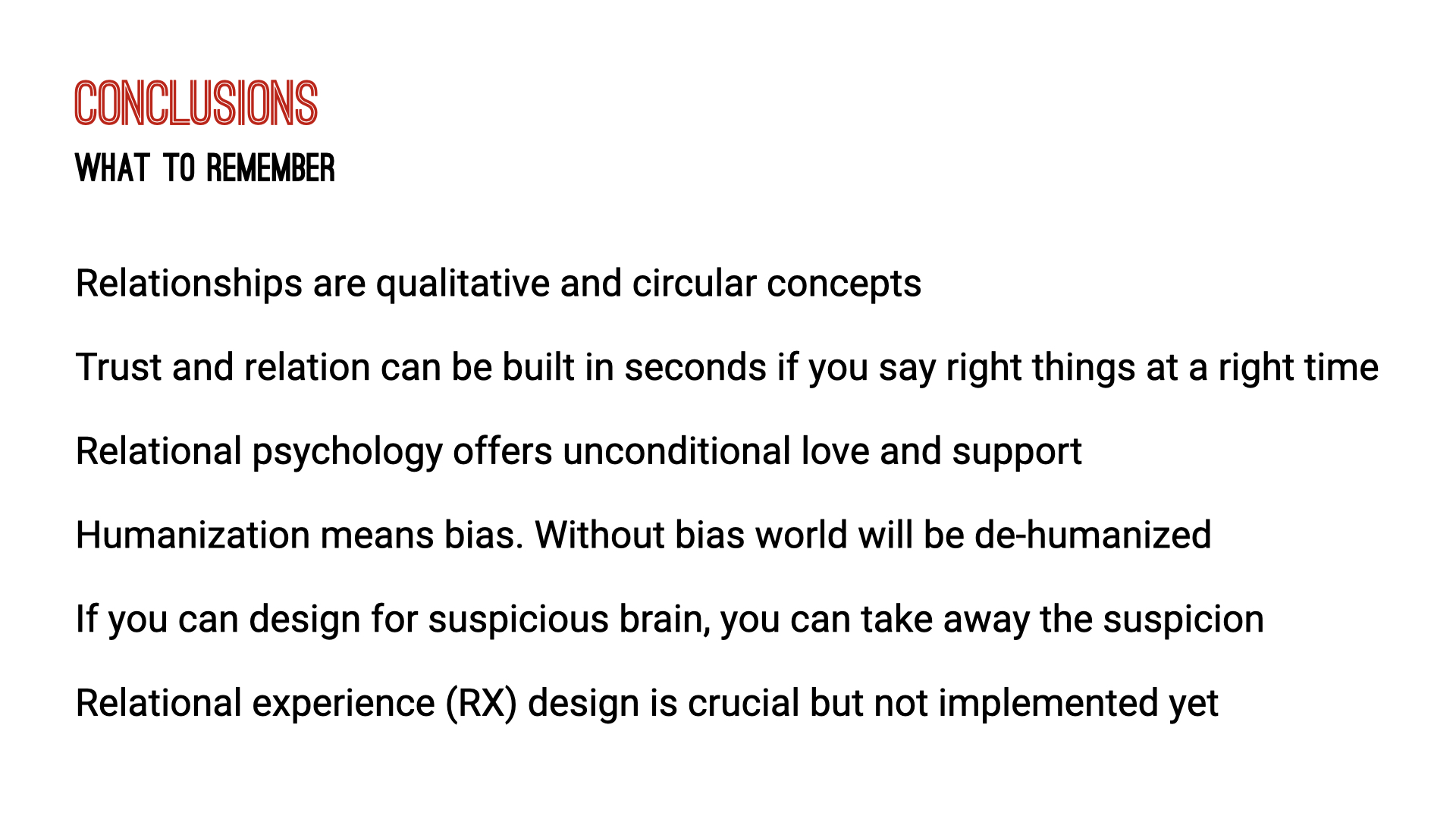
It was nice to share all that with you. Right now I'm into setting up an internal marketing campaign with R, for 300 ppl company. Will be happy to share results and observations afterwards.